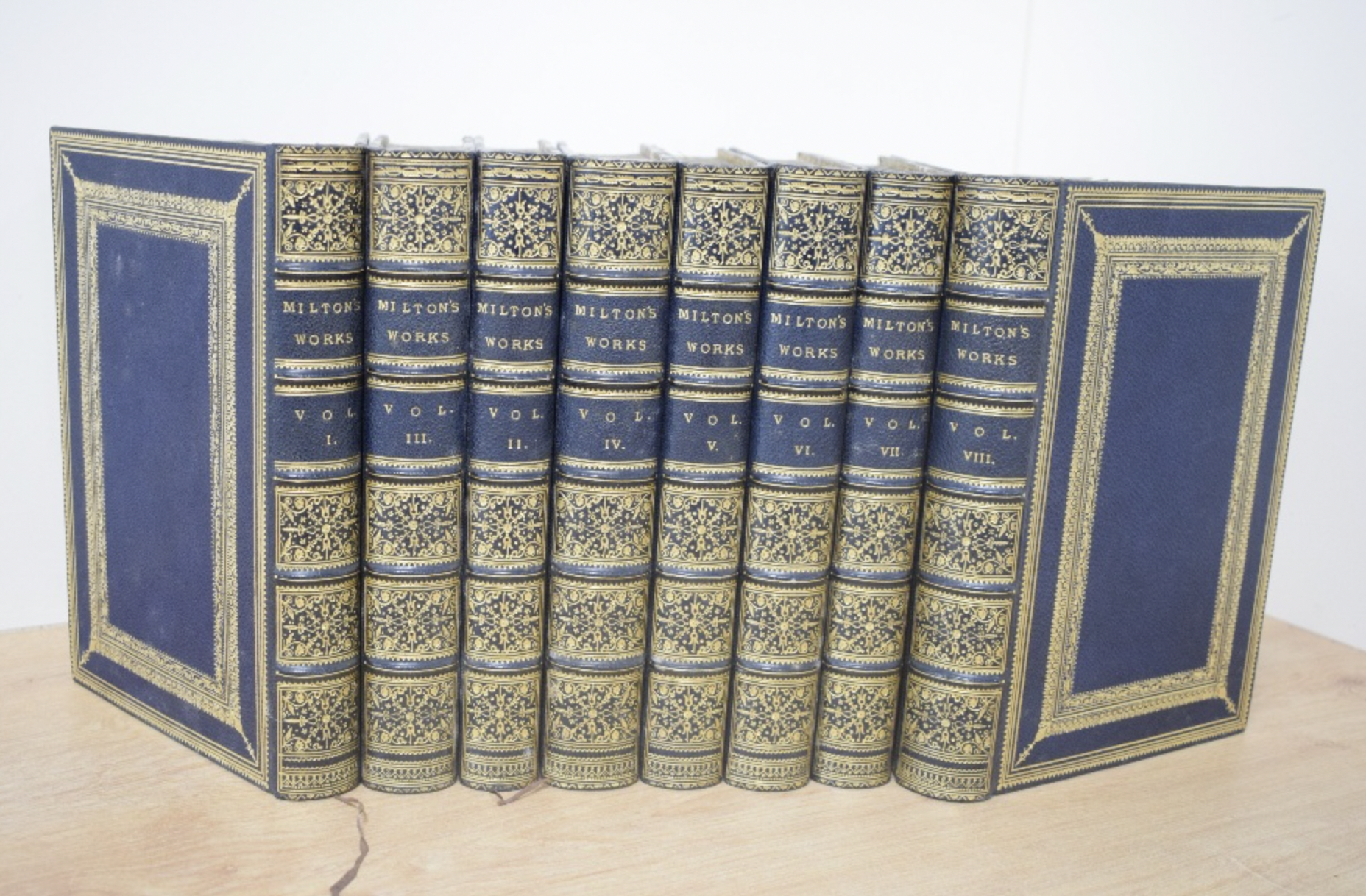Rob Kerr leads our Antiquarian, Rare and Collectable Books and Maps Department. In this article, he shares the highlights, surprises and trends from a recent auction that saw Wainwright’s letters achieve £3,750:
“A collection of Alfred Wainwright letters achieved the highest price in our most recent timed online auction. Spanning more than three decades and written to his pen-friend Ruth Pearce, the archive of 20 signed pieces sold for £3,750 against an estimate of £1,000 to £1,500. It was a strong result for a body of manuscript material, by which I mean items created by hand rather than print, one-offs that provide a tangible connection to a writer’s life.
“The collection comprised twenty handwritten letters, many still in their original stamped envelopes, along with two typewritten notes, greetings cards decorated with animals, and a handful of clippings, all signed by Wainwright. Most were written between 1955 and 1967, at the height of his work on the Pictorial Guides. Their recipient, Ruth Pearce, was a teacher from Oswestry who shared his passion for the fells. Having admired his first guide, she wrote to congratulate him, and so began the decades-long pen-pal friendship.
“These were not dry exchanges. In a letter from the 1960s, he confessed with wry humour that “the character of my wanderings has changed completely… I have become flabby. I have become a tourist.” Other letters chart his walking holidays in Scotland in 1957 and 1959, the latter including an alarming encounter with a dog on the shores of Loch Nevis.
“The tone shifted in later years as his own walking life waned. His final typed letter to Pearce, dated 25 September 1988, closes poignantly: “You still write lovingly of the fells, and I hope you may soon return. My own walking days have come to an end through failing eyesight. These days I have to be content with memories of happy days gone by for ever.” The charm of this collection lay in its intimacy. It showed him not only as the meticulous author of the fell guides, but as a warm correspondent.
“The Wainwright archive was a natural highlight, but not the only one. Another strong section was what we came to call the “Country House Library.” Around thirty lots of finely bound volumes drew strong bidding. Their appeal lay in part in being fresh to market, but also in their superb condition, the kind of books that remind you why bindings are such a collecting field in their own right.
“Two stood out in particular. Lot 556 was tree calf, a style where an acidic solution is dripped down the boards, staining the leather in branching patterns that resemble the trunk and limbs of a tree. Lot 572 was morocco gilt: goatskin with a naturally pebbled grain, prized for durability and beauty. When decorated with gilt tooling, as in this example, the result is both strong and elegant.
“Bindings are just one element of what makes a book desirable. Many things draw collectors: first editions, inscriptions, rarity, subject, provenance, and, of course, condition. The variety is part of the joy of this market: no two collectors are looking for the same thing, and that diversity keeps each sale lively.
“The most popular collecting areas tend to be Modern First Editions, twentieth-century literature in hardback with dust jackets, alongside Children’s and Illustrated books, Fairy Tales, Myths and Legends, Ghost Stories, Magic and the Occult (including Witchcraft), as well as Science Fiction and Fantasy. Signed or inscribed copies in these genres are always appealing to buyers.
“A common misconception is that age alone determines a book’s value. It does not. There are plenty of nineteenth-century volumes worth very little, and plenty published in the last twenty or thirty years that would hold their own at auction. A good example is The Folio Society’s colour-themed “Fairy Books,” which consistently achieve high prices.”
Dates for our Antiquarian, Rare and Collectable Books and Maps auctions.

